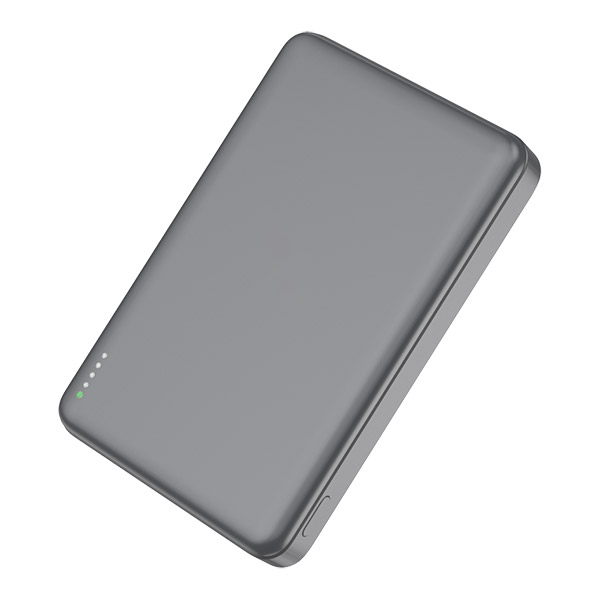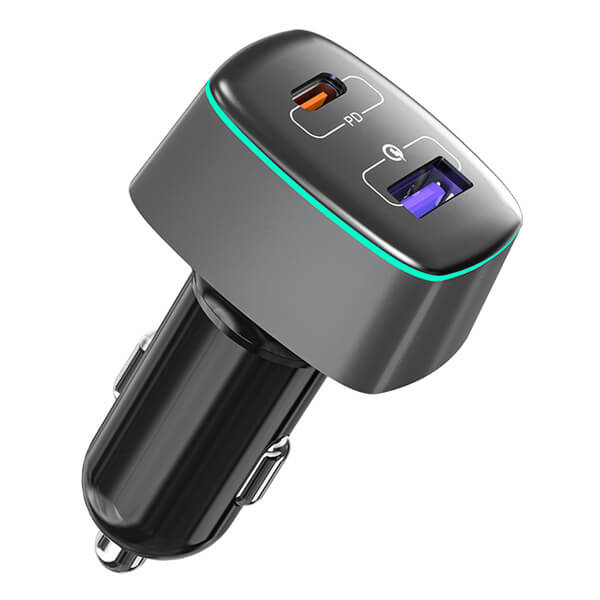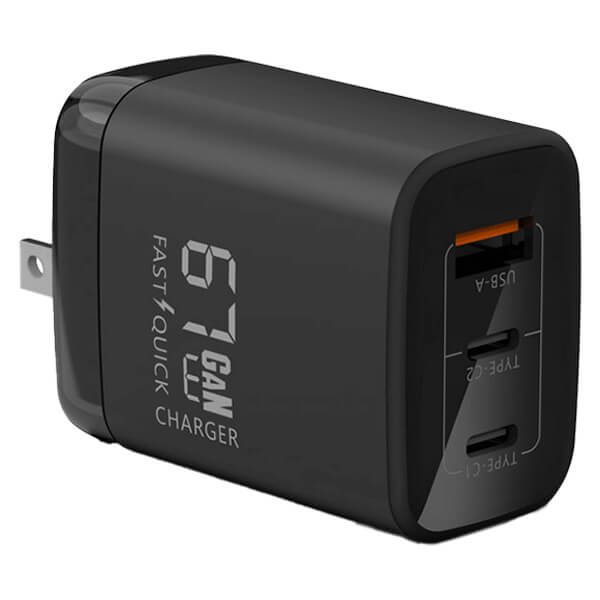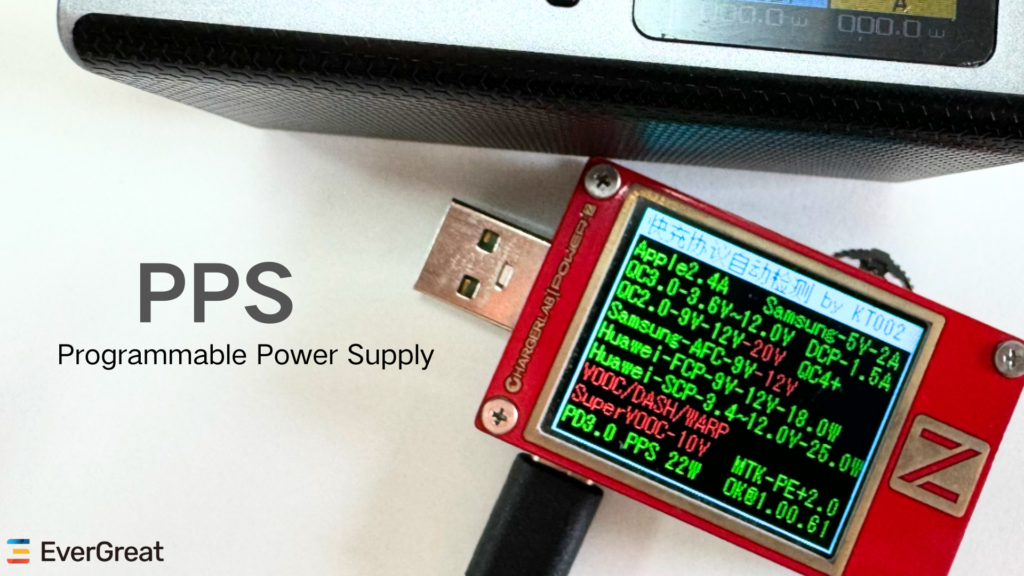
In today’s world, where portable electronic devices have become an indispensable part of our lives, understanding battery capacity has never been more crucial. Among the various metrics used to measure battery performance, mAh (milliampere-hour) stands out as a fundamental unit of measurement. Whether you’re powering your smartphone, tablet, or any other gadget, mAh serves as a vital indicator of how long your device can operate before needing a recharge. Let’s delve into what mAh is and why it matters in the realm of batteries.
Defining mAh:
mAh, short for milliampere hour, is a unit of measurement used to quantify the electrical charge capacity of a battery. It represents the amount of electric charge that a battery can deliver over time. More precisely, it denotes the current a battery can supply (in milliamperes) over the duration of one hour before it’s fully depleted.
Understanding Capacity:
The capacity of a battery, typically expressed in mAh, is a critical factor in determining its performance. It directly influences how long a device can run on a single charge. For instance, a battery with a higher mAh rating can supply more electrical energy, thus prolonging the runtime of the device it powers.
Application in Rechargeable Batteries:
mAh is commonly associated with rechargeable batteries, such as those found in smartphones, laptops, cameras, and other portable electronics. These batteries can be recharged multiple times, making mAh an essential metric for consumers evaluating battery life and performance.
Interpreting mAh Ratings:
When comparing batteries, a higher mAh rating typically indicates a greater capacity and longer runtime. For instance, a battery with a capacity of 3000mAh can theoretically supply a current of 3000 milliamperes for one hour. However, it’s crucial to understand that real-world usage may vary due to factors like device efficiency, operating conditions, and usage patterns.
Practical Implications:
Understanding mAh ratings enables consumers to make informed decisions when purchasing batteries or devices powered by them. A higher mAh rating generally translates to longer usage between charges, which is especially important for users who rely heavily on their portable electronics throughout the day.
Limitations and Considerations:
While mAh provides valuable insight into battery capacity, it’s not the sole determinant of battery performance. Factors such as battery chemistry, efficiency of the device’s power management system, and environmental conditions also play significant roles in determining overall battery life.
In a world were staying connected and mobile is paramount, mAh serves as a crucial metric for assessing battery performance. Whether you’re powering your smartphone, tablet, or any other electronic device, understanding mAh ratings empowers you to make informed choices and manage your energy needs effectively. As technology continues to evolve, mAh remains a fundamental unit of measurement, guiding consumers towards devices that seamlessly integrate into their daily lives, keeping them powered up and productive. By grasping the significance of mAh, consumers can navigate the ever-expanding landscape of portable electronics with confidence, ensuring that their devices stay charged and ready for whatever the day may bring.














